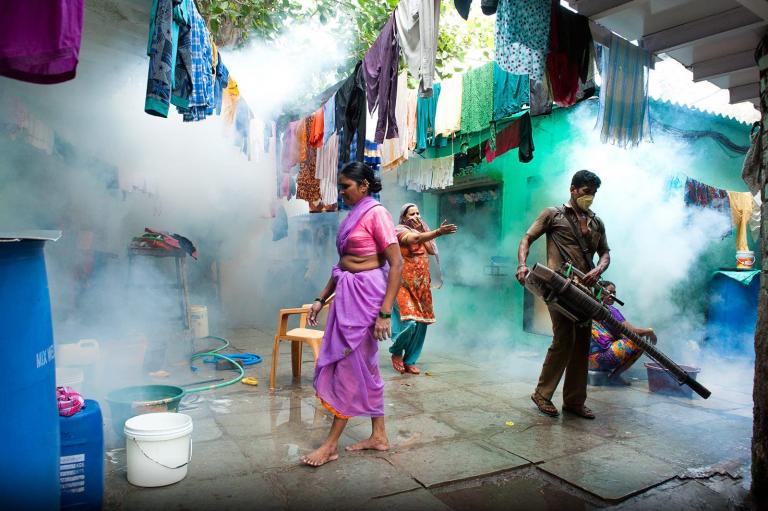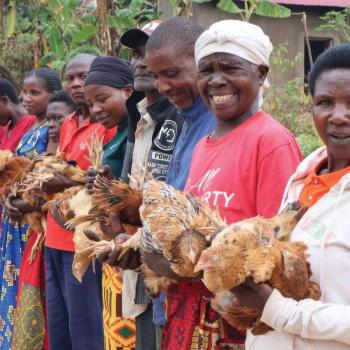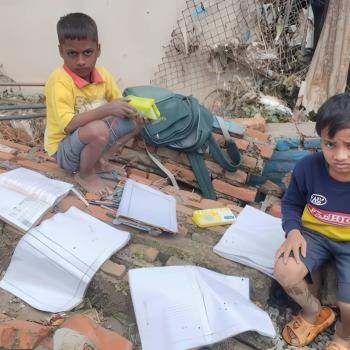WILLS POINT, TX – GFA World (Gospel for Asia) founded by K.P. Yohannan, which inspired numerous charities like GFA World Canada, to assist the poor and deprived worldwide, issued a Special Report on how the alarming increase of mosquito-blamed cases in U.S. may awaken Westerners to the “deadly scourge” of malaria that still claims thousands of lives worldwide.
Because the deaths came in ones and twos, the mid-summer and early fall 2019 headlines were more local than national in scope. They told of a 70-year-old man in Massachusetts—one of 10 people infected in the state—dying from Eastern equine encephalitis (EEE)s, a virus transmitted through a mosquito bite; two deaths in Connecticut, where officials identified EEE-carrying mosquitoes in a dozen municipalities; and a 68-year-old man in Ohio who died from mosquito-linked West Nile virus.
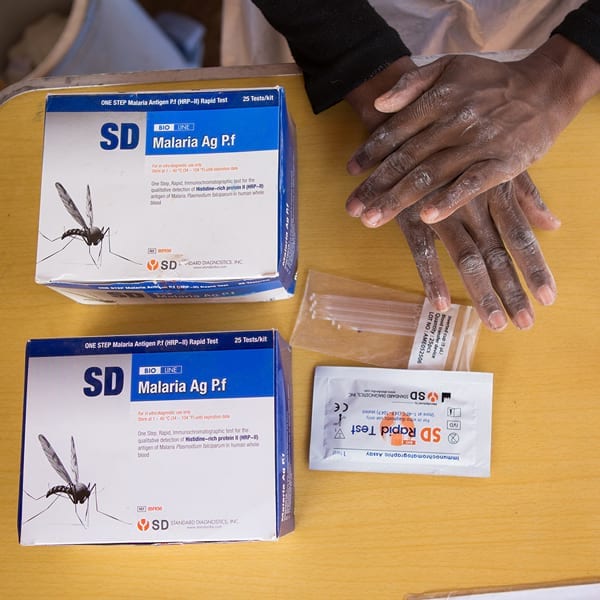
Before the year ended, more than a dozen fatalities had been recorded. As of mid-November, the Centers for Disease Control reported three dozen cases of EEE in 2019, the highest in 60 years.[1] The annual average for the previous decade: just seven.
Granted, a relative handful of tragic fatalities from EEE doesn’t compare to thousands of deaths attributed each year to malaria, which still vexes health officials centuries after its discovery. Still, this five-fold increase in EEE cases may have helped sensitize Americans to the scourge of mosquito-borne health dangers. Such an awakening was especially timely with the observance of World Malaria Day on April 25, which draws attention to the 400,000 lives per year lost to this deadly disease.
In fact, while the total number of confirmed COVID-19 cases worldwide (on the date this report was first published) currently stands at 2.5 million and rising, each year there are more than 200 million reported cases of malaria, mostly in sub-Saharan Africa and South Asia.
A previous special report on this topic, entitled “Fighting Malaria – A Chilling Disease,” details how mosquito netting and malaria prevention are being used to combat this parasitic genius. This update unfolds the ongoing efforts of the global community to combat mosquito-borne scourges, including malaria, even among developing nations.
Despite advances in recent years, malaria remains a leading cause of death globally.
There was a mixture of good and bad news in the report.
Despite advances in recent years, malaria remains a leading cause of death globally.
There was a mixture of good and bad news in the report.
Advancements in the Fight
Thanks to a consortium of governments, foundations and non-governmental organizations, there have been advancements in treatment. In 2015 the WHO announced the global incidence of malaria had finally slowed: Between 2000 and 2015, mortality rates in Africa fell by 66 percent overall and 71 percent among children under 5, the most vulnerable victims.[3]
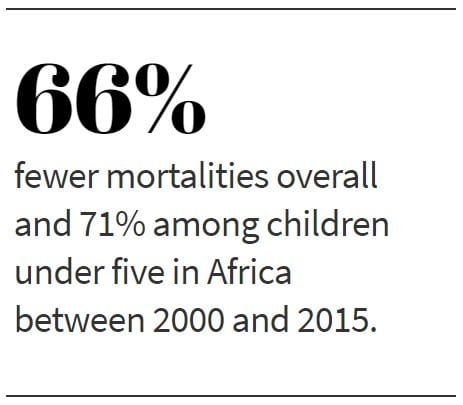 “The last decade has seen a significant transition in the ways that countries are responding to malaria,” Dr. David Reddy, CEO of the partnership, Medicines for Malaria Venture, said in a 2015 interview. “Significant new international resources (including Global Fund and President’s Malaria Initiative) have been better mobilized in the last 10–15 years to support programmatic strengthening and introduce greatly improved tools to prevent and treat malaria.”[4]
“The last decade has seen a significant transition in the ways that countries are responding to malaria,” Dr. David Reddy, CEO of the partnership, Medicines for Malaria Venture, said in a 2015 interview. “Significant new international resources (including Global Fund and President’s Malaria Initiative) have been better mobilized in the last 10–15 years to support programmatic strengthening and introduce greatly improved tools to prevent and treat malaria.”[4]
In his foreword to the WHO’s 2019 report, Director-General Dr. Tedros Adhanom Ghebreysus noted that at least 10 countries are on track to reach the 2020 elimination milestone set in its long-term global strategy. In 2015, he said all those countries were malaria endemic, but now have either achieved zero indigenous cases or are nearing that goal.
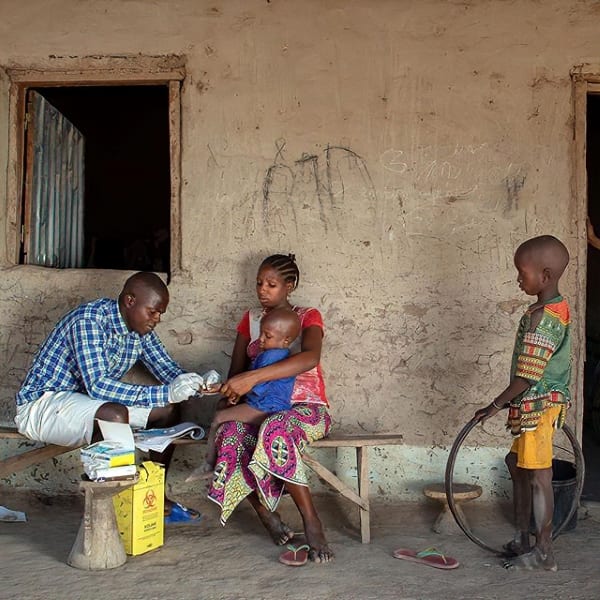
More resources are appearing too. Just before the release of the WHO report, the board of the Geneva-based Global Fund to Fight AIDS, Tuberculosis and Malaria approved increased funding for investments over a three-year period (starting in 2020) to fight these epidemics. The investments total more than $12.9 billion U.S. as of March 2020.
Medical advances are occurring as well. In September of 2019, a paper in Science Translation Medicine described how redesigning molecules first designed to treat a skin disease (psoriasis) could lead to an effective new drug. An international team of researchers described modifying a class of molecules called pantothenamides to increase their stability in humans. In brief, the new compounds stop the malaria parasite from replicating in infected people and are effective against parasites resistant to current drugs.[5]
One of the paper’s authors, Penn State University professor Manuel Llinás, said while pantothenamides are potent against parasites, they become unstable within biological fluids because an enzyme clips them apart before they can act. Changing a chemical bond prevents this from happening.
“By also preventing the transmission of malaria parasites from infected people into mosquitoes, these pantothenamides can reduce the chances that mosquitoes will be infectious to others,” Llinás said. “It is currently widely accepted that next-generation antimalarial drugs must target the parasite at multiple stages to both cure the disease in an infected individual and prevent its spread to others.”
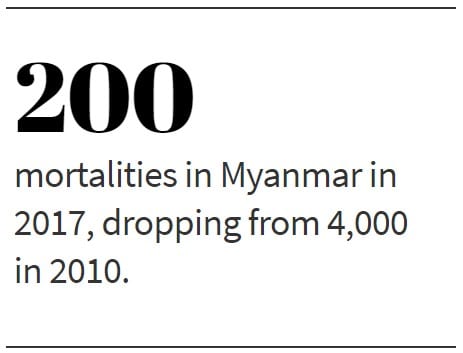 This news came on the heels of a story by Joshua Carroll in The Guardian newspaper about Myanmar becoming an example in the fight against malaria. It chronicled how thousands of volunteers received training and supplies from donors after political reforms opened the door for a flood of aid.
This news came on the heels of a story by Joshua Carroll in The Guardian newspaper about Myanmar becoming an example in the fight against malaria. It chronicled how thousands of volunteers received training and supplies from donors after political reforms opened the door for a flood of aid.
These efforts helped save thousands of lives and turned Myanmar into a leader in the battle to eliminate the disease. Nationwide in 2010 nearly 4,000 people died from malaria, but in 2017 that number dropped to 200.
“Dr. Patricia Graves, a leading specialist on the transmission and control of malaria, is confident Myanmar is on track to be malaria-free by 2030,” Carroll wrote. “The country’s success with village-based health workers ‘is a huge thing that other countries can learn from,’ she says.”[6]
What can we do about mosquito-driven scourges?
One simple way to fight mosquito-borne diseases like malaria, is to consider giving a needy family a simple Mosquito Net. For only $10, Gospel for Asia’s field partners can distribute one of these effective nets to an at-risk family in Asia and provide them with safety from insects during the day and at night.
Read the rest of Gospel for Asia’s Special Report on Mosquito-Driven Scourge Touches Even Developed Nations: Malaria Alone Claims 400,000 Lives Per Year — Part 2
This Special Report originally appeared on gfa.org.
Read another Special Report from Gospel for Asia (GFA) on Fighting Malaria – A Chilling Disease: Mosquito Netting and Malaria Prevention Combat a Parasitic Genius.
Learn more by reading this special report from Gospel for Asia: It Takes Only One Mosquito – to lead to remarkable truths about faith-based organizations and world health.
Click here, to read more blogs on Patheos from Gospel for Asia.
Learn more about Gospel for Asia: Facebook | YouTube | Instagram | LinkedIn | SourceWatch | Integrity | Lawsuit Update | 5 Distinctives | 6 Remarkable Facts | 10 Milestones | Media Room | Scourge of Malaria | Endorsements | 40th Anniversary | Lawsuit Response |
Notable news about Gospel for Asia: FoxNews, ChristianPost, NYPost, MissionsBox


